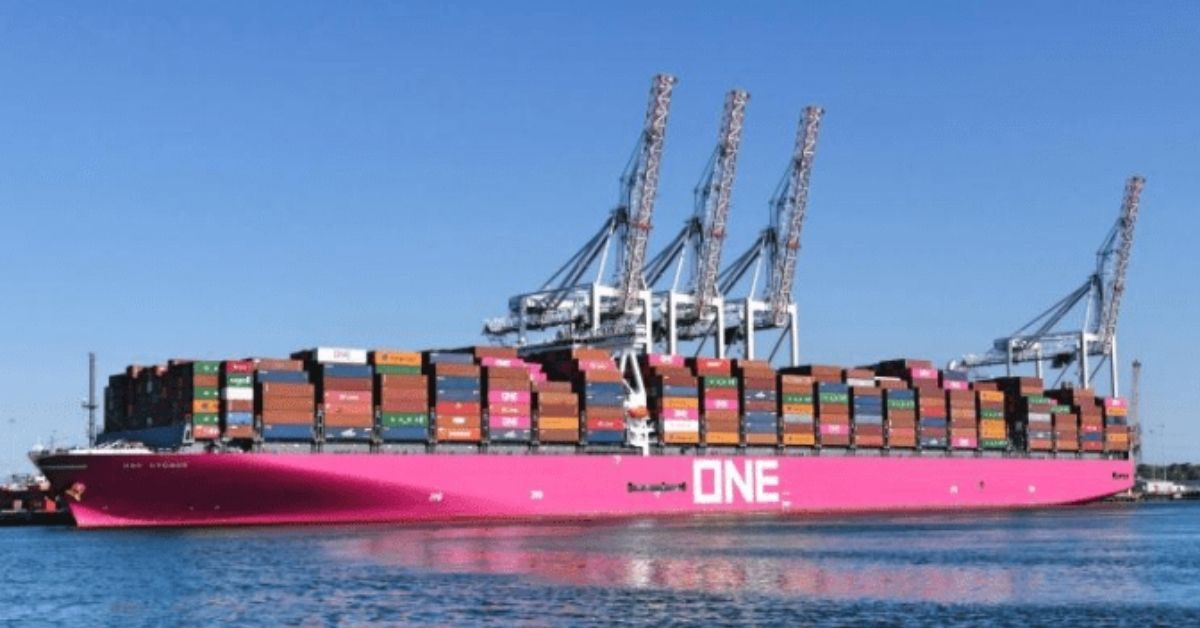Emissions on the Far-East to US-east coast trades have fallen 23.3% since Q1 18, said Xeneta despite the onset of “over-tonnaging” and a major slippage in fill factor.
Short-term comparisons, meanwhile, reveal more drastic changes since the onset of the unique market dynamics in 2022, which skewed results in 2021-22.
For example, CEI scores (an efficiency measure based on CO2 equivalent per tonne-mile) on the North Europe-to-South America east coast trade decreased by 31.6 points between Q2 22 and Q3 23, equivalent to a near-30% reduction; while the US east coast-Far East trade dropped 21.8 points, or just over 20%.
“Larger ships are more efficient in terms of CO2 emissions per teu,” noted Xeneta analyst Emily Stausbøll, adding that “while causing a capacity headache for carriers, new behemoth ships brought big emissions benefits on the major lanes during Q2″.
She added: “In a market already struggling with overcapacity, this was the last thing carriers needed, from a rate perspective, but the chain reaction has seen a positive impact on CEI scores.”
However, increases in ship efficiency would produce mo
re favourable results if they were not marred by decreased filling factor. In particular, Xeneta found the biggest drop in filling factor was on North Europe-to-US east coast, which is down 20.3%.
“This trans-Atlantic trade seems to have become the dumping ground for ships being taken off major trades out of the Far East,” noted the report.
Though Ms Stausbøll praised the introduction of larger and slower vessels to trades as an emissions reduction strategy, she said it could lead to adverse environmental effects if handled badly.
“It’s hard to be environmentally efficient when you are running ships half-empty,” she said. “The natural response from carriers to this conundrum is to remove capacity from some of the major tradelanes in order to protect freight rates – and so begins the chain reaction throughout the world’s shipping network.”
However, a shortcoming of CEI, shared with the IMO’s model, CII, is that it measures emissions on a per-ship basis, rather than quantifying emissions from the sector as a whole. The Loadstar has previously discussed how, while slow-steaming and increasing vessel size can produce favourable results when comparing like-for-like with older, smaller and faster vessels, it ultimately increases the capacity needed – meaning more engines are running, and emitting, for a given cargo demand.








